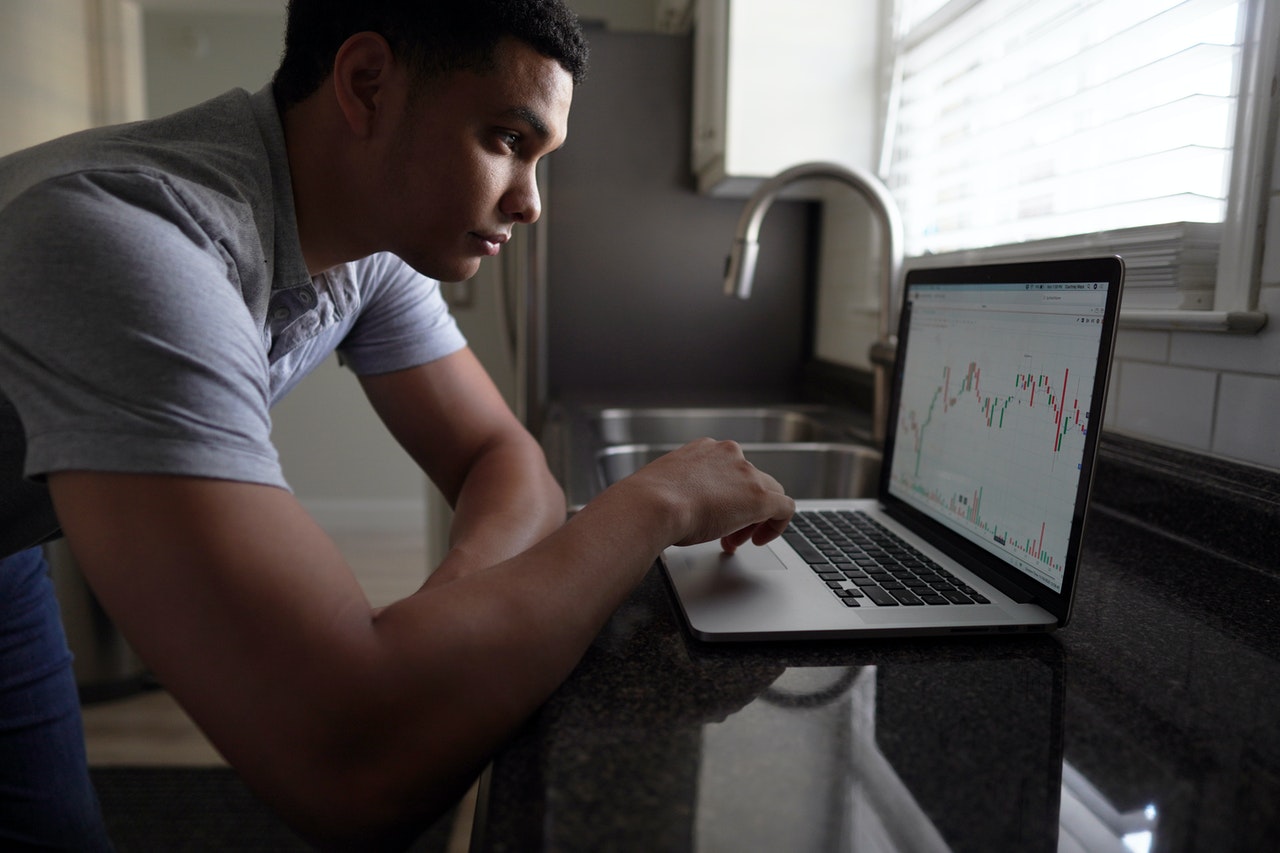
In the financial world, there is a lot of pressure on performance. With markets being highly volatile in recent times, fortunes have been made and lost overnight. Against this backdrop, retail traders have to be either very good or very lucky to make consistent gains from market trading.
A stochastic indicator measures the momentum of the price action. It shows whether an asset’s price is currently overbought or oversold, representing high momentum and, therefore, high risk.
One of the most popular techniques used by forex traders worldwide is ‘stochastic trading’, which is derived from the momentum strategy for stock trading. This approach has been introduced to forex trading with variable success rates.
Locate the Stochastic Indicator
When you open up your trading platform, look for the stochastic indicator. It may be under “indicators” or named differently depending on the platform.
Determine Your Timeframe
The default setting of the stochastic indicator is usually %K and %D with a specific time frame (for example, 5/15). First, make sure you are using the timeframe that is right for you. For example, if you are day trading, perhaps use a 1-hour timeframe instead of a 15 minute one. Next, check whether it’s set to %K or %D (sometimes both will be there) – they both measure similar things but in different ways.
Determine Your Trading Setup
Now that you have located the indicator and set your timeframe, it’s time to see what it is showing. Usually, the default setting of %K and %D for 15 minutes will be a good starting point. The lines on the chart should go up and down, getting higher as %D rises and lower as %K rises.
Draw Your Signals
You are not limited to selling at 76.8%; there are many other ways to draw signals for yourself, depending on your strategy. A good indicator that some traders use is drawing multiple SMAs of K and their values, which allows them to make more complex decisions on when they should buy/sell.
Make Your Decision
Now that you know what exactly your stochastic indicator is showing, it’s time to make a decision based on it. So, for example, if you see that it has just given a buy signal, this might be an excellent opportunity to place an order as there seems to be upward momentum in price. However, if your stochastic shows a sell signal, this would mean selling as there seems to be downward price pressure.
Place Your Order
Once you’ve decided on whether to buy or sell, it’s time to place your order. Set up a chart for the same timeframe as before and wait for the price to hit the entry point you have identified (based on your trading setup). For example, if your indicator is giving a buy signal and you use a 15 minute time frame, then set up a 15-minute candle chart and wait until the price hits the area of resistance which seems indicated by the indicator. Placing limit orders can be used so that you automatically get in at a price shown by the stochastic indicator. Usually, your broker will execute your trade once this happens, and you can sit back and let your money grow.
In Closing
Like many other time and price-based indicators, stochastic indicators can help you understand how the forex market is likely to move in the future. When using a stochastic indicator on its own, it is essential to remember that they provide only an indication of how likely different price levels are.
You can use stochastic indicators both over longer and shorter duration charts. Still, traders tend to find them particularly useful on intraday charts where small movements in price can occur rather than more significant trends that last for days or weeks at a time.
